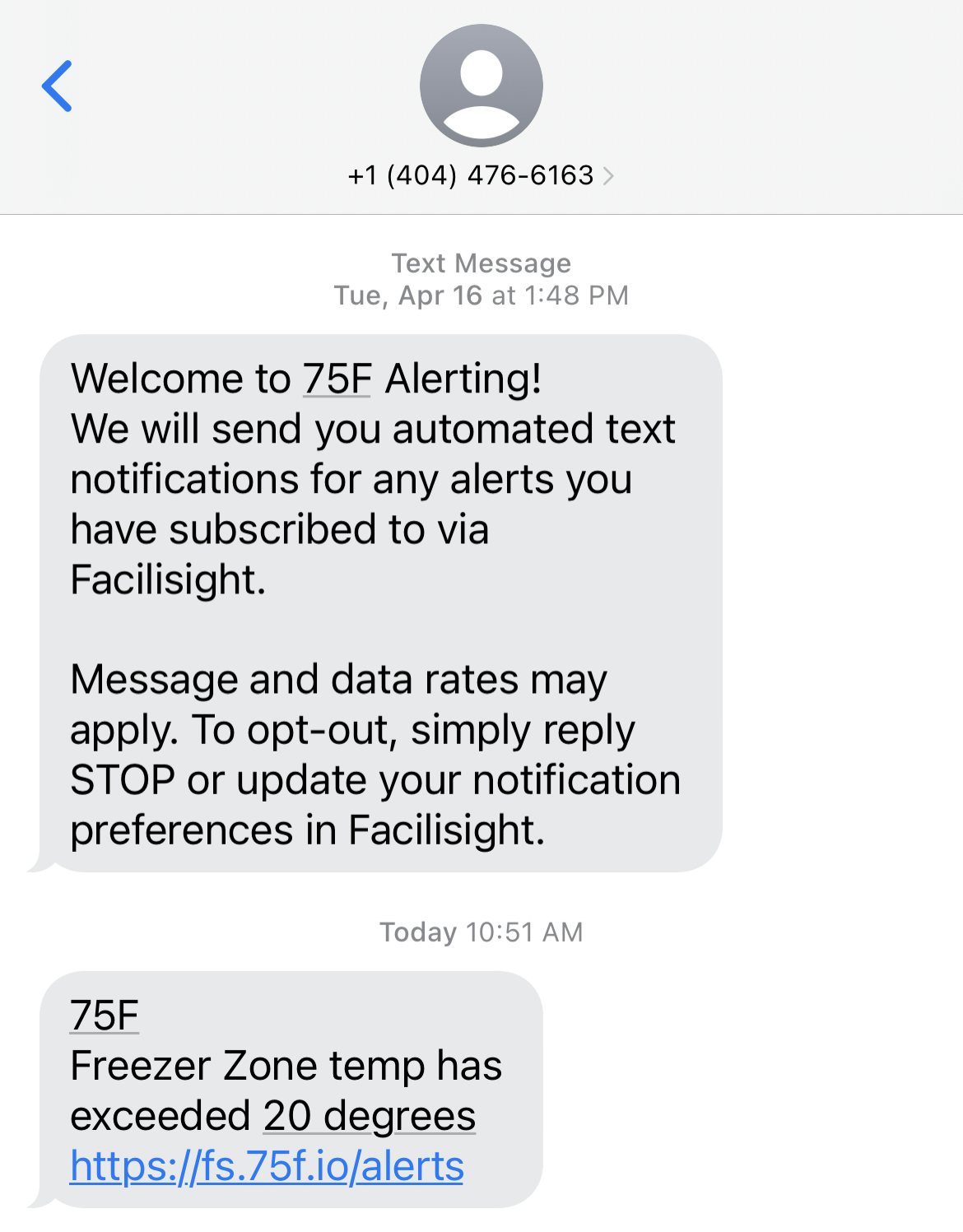
Proactive HVAC Management Through Smart Alerts
Roy wiped the sweat from his brow as he hurried through the corridors of the high school he oversees. As the director of facilities for the local school district, Roy’s days were a constant juggling act of managing comfort, energy efficiency, and an aging HVAC infrastructure. Today, like many others, was proving to be particularly challenging.
The summer heat was in full force, and the electrical grid was strained to its limits. Without an automated HVAC system, Roy was manually enacting demand response (DR) to reduce grid strain. This meant manually shutting down and restarting air conditioning units across the school buildings – a task that always caused him strife.
"Not again," Roy muttered as he approached yet another rooftop unit. He knew from experience that some of these older systems didn't take kindly to being abruptly powered down. Often, they'd refuse to restart when they were supposed to, leaving classrooms sweltering until he could troubleshoot the issue.
The most frustrating part? Roy had no way of knowing which units had successfully restarted without physically checking each one or waiting for complaints to roll in from staff and students. It was a reactive approach that left him feeling perpetually behind the curve.
The Power of the Cloud
In this fictional story, Roy has a real problem that justifies sourcing and implementing a building automation system. Ideally, this system would address the manual DR problem and Roy’s inability to check his units’ functionality remotely after DR events take place.
Most building automation systems available today can automate DR and offer alerts for equipment functioning outside of parameters. The limitation in Roy’s case – and many other real school districts or commercial businesses – is available funding and system complexity. Large and custom-programmed systems like those offered by traditional building automation manufacturers are simply out of reach financially for Roy’s school district, especially when considering ongoing costs for maintenance. Plus, the district would need to factor in a learning curve for operating the system correctly.
This is where affordable cloud-based systems can step in and make a huge difference for over-stretched facilities personnel like Roy, and in more ways than one. Yes, an IoT-based building management system (BMS) can automate DR without much work from the end user. However, even with automated DR, Roy’s units may still react poorly to DR events and refuse to come back online when prompted by the BMS. With a BMS that has native alerts, Roy no longer needs to manually check on his units after a DR event – the system will let him know if his equipment isn’t functioning the way it should.
Upgrading HVAC Management with Smart Alerts
When using traditional building automation, users must manually set up the type of alerts they want to receive. 75F’s system includes a set of native alerts that automatically begin triggering as soon as the system is up and running.
Here’s how it works: 75F integrates with existing HVAC equipment and continuously gathers data on performance and environmental conditions such as temperature, humidity, light, sound, CO2, occupancy, VOCs, and particulate matter. Each data point collected is pre-tagged according to industry standards, ensuring that the system can quickly and accurately interpret the information. The system pushes this data to the cloud every 60 seconds, and this wealth of information forms the foundation for both informed equipment control and proactive alerts.
The system constantly analyzes the collected data, comparing it against predetermined thresholds and expected performance parameters. When certain conditions are met or unmet, the system springs into action, triggering alerts that notify facilities personnel immediately.
For Roy, the "Supply Air Temp Out of Bounds" alert becomes his most valuable ally. After a DR event or any other disruption, Roy no longer needs to physically check each unit. Instead, he receives an instant notification if any unit fails to restart or isn't functioning within the expected temperature range. This proactive approach allows Roy to address issues quickly, often before staff or students even notice a problem.

What Alerts Come Standard to the 75F System?
| CM Dead | Notifies the facility manager when the CM oard / boards in the building stop reporting |
| CCU Disconnected | Notifies the facility manager when the CCU in the building is offline / not responding for more than a preset interval of 60 minutes |
| Zone Temperature Dead | Looks for the currentTemp point in the zone and compares it with the building tuner, building LimitMax value, and generates an alert when the currentTemp > building LimitMax |
| Battery Level Low Fatal | Looks for the DiagEquip-bateryLevel point in the building and generates an alert when the DiagEquip-bateryLevel < 20% |
| Incorrect Password Entered | Notifies the facility manager when password attempts fail 10 times or more |
| Device Dead | Notifies the facility manager when the CM board/ boards in the building stop reporting |
| VOC Above Target | Generates an alert when the VOC point value is 10% > zoneVOCTarget for more than 15 minutes |
| CO2 Above Target | Generates an alert when the co2 point value is 10% > zoneCO2Target for more than 15 minutes |
| MAT Outside Range | Generates an alert when the MatTemp < outsideDamperMixedAirTarget |
| Device Low Signal | Notifies the facility manager when the devices in the building report low signal for last 50 updates |
| Firmware OTA Update Started | Alert is generated when an OTA update has started for any device in the building |
| Firmware OTA Update Ended | Alert is generated when an OTA update has ended for any device in the building |
| Abnormal Cur Temp | Generates an alert when the difference between the last two historized values of the current temp is > or < 5 degrees fahrenheit, and remaisn the same for an offset of five minutes |
| Constant Cur Temp | Generates an alert when the difference between the last two historized values of the current temp is = 0 degrees fahrehneit, and it remains the same for an offset of 45 minutes |
This is not an exhaustive list of standard 75F alerts – plus, users may create custom alerts in 75F's user portal Facilisight for whatever notification they’d like to receive and customize how they receive them. Roy can even mute the alerts he’d rather not receive at all.
With these alerts at his fingertips, Roy transforms from a reactive troubleshooter to a proactive facility manager. He can prioritize his tasks effectively, addressing critical issues first and preventing minor problems from escalating into major disruptions. The result? Improved comfort for students and staff, enhanced energy efficiency, and a significant reduction in Roy's stress levels.
The 75F alert system doesn't just notify Roy of problems; it empowers him with the knowledge and tools to maintain optimal building performance. By leveraging the power of IoT and cloud-based technology, 75F turns the complex world of building management into a streamlined, intuitive process that even budget-constrained school districts can afford and easily implement.











